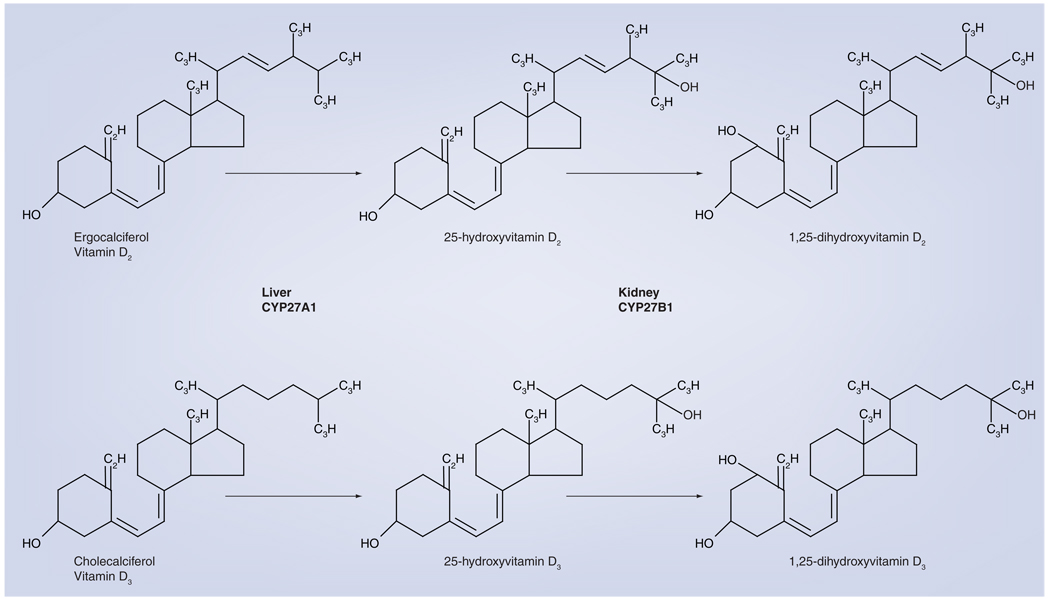Figure 2. Conversion of vitamin D2 or vitamin D3 into active vitamin D.
Vitamin D2 or vitamin D3 are hydroxylated in the liver by the enzyme CYP27A1 into 25-hydroxyvitamin D. This form of vitamin D circulates in the blood and is used to determine the vitamin D status of individuals (deficient: ≤20 ng/ml; insufficient: 21–29 ng/ml; sufficient: ≥30 ng/ml). When required by the body, the 25-hydroxyvitamin D form is converted by the CYP27B1 enzyme into the bioactive form, 1,25-dihydroxyvitamin D, which binds to the vitamin D receptor and activates gene expression. This primarily occurs in the kidney, but also occurs locally in cells that express CYP27B1. Immune-activated macrophages produce significant amounts of CYP27B1 and 1,25-dihydroxyvitamin D.

